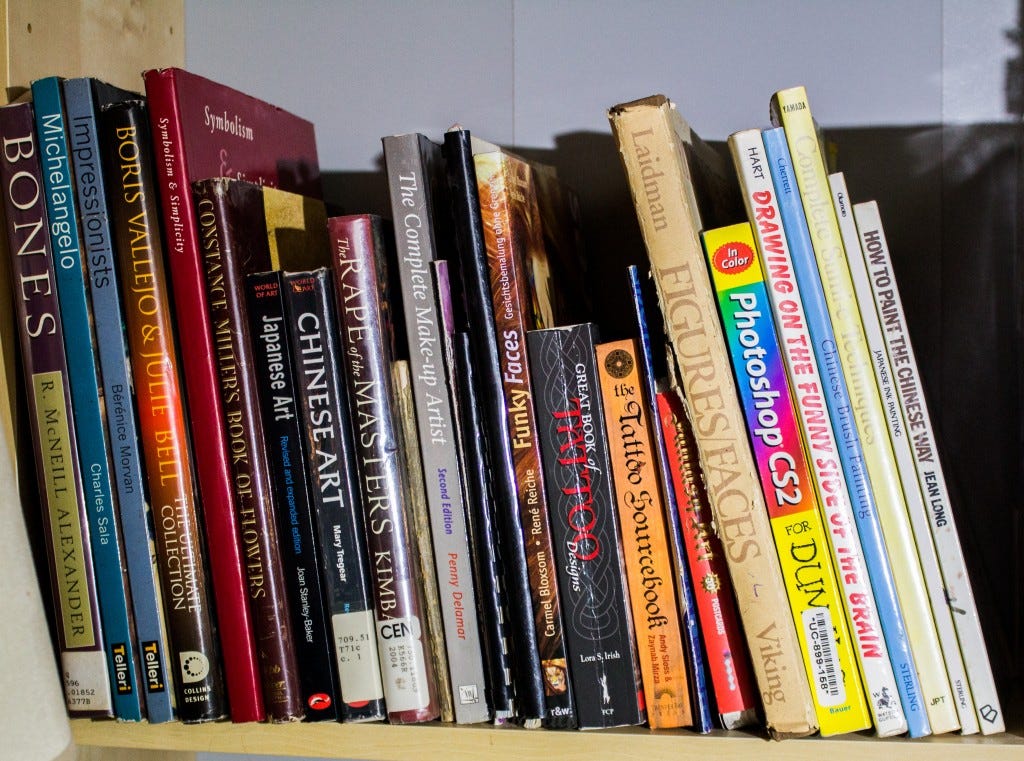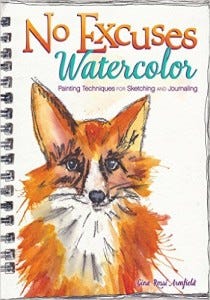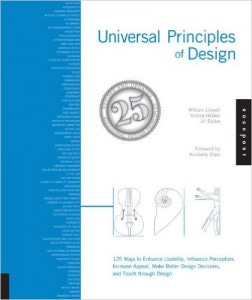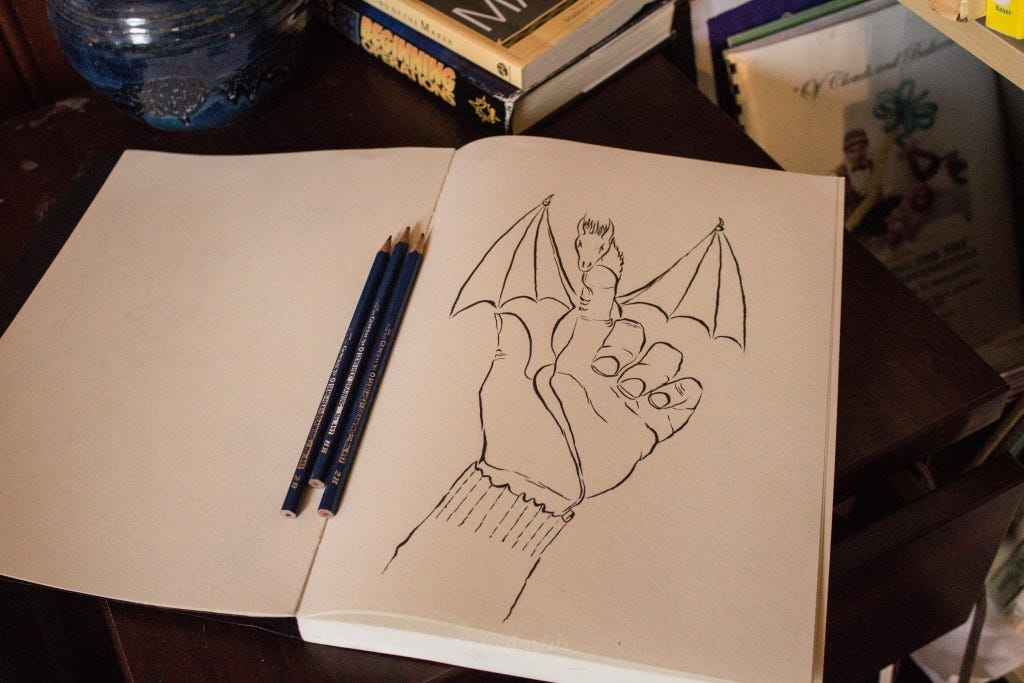Review: Art Books Part II
You can find the first part of this series here, where I talk about two ebooks, both of them on digital art and painting.
Today at the Mad Genius Club I hosted a great essay by Jason Fuesting comparing Starship Troopers the movie to the book.
But this post is a review of two three books, and more about what I'm trying to do. I have, still, somehow, a shelf full of art books. I say somehow because the majority of my art books and references were packed in boxes and stored when I last moved. Everything I left behind was stolen and destroyed, so they are gone forever. I'm just happy I have these, because face it, art books are expensive. So what I am doing is a combination of going through this shelf and taking a good look at each one to further improve my own art, and give my readers who are interested in art an assesment if they are worth investing in. I'm also looking at art books online, starting with the free-to-me books that I can pick up with Kindle Unlimited.

Reference books, professional books I use in my business, and instructional books.

I'll start off with the good stuff, Gina Rossi Armfield's No Excuses Watercolor. I've been wanting to do more with watercolors for some time, after the artists who meet at Sanbornton Public Library were good enough to start me off with some instruction. But with one thing and another, it's never been a high priority. Last week I read through this book, and partway through it, stopped, got up, and painted. She's got great step-by-step instructions with clear illustrations. I really found the overall tone encouraging, and I had a lot of fun with the blowing on wet paint technique she discusses in the book. I'd highly recommend this one to a beginner in watercolor as it covers everything from brushes and paints to making the time for art in life.

The second book I now own as both physical copy and an ebook: Universal Principles of Design, Revised and Updated: 125 Ways to Enhance Usability, Influence Perception, Increase Appeal, Make Better Design Decisions, and Teach through Design. I was initially just going to buy the book in one format, because it's a textbook, but the ebook was so cheap to add on I couldn't resist. I'm glad I did, this is going to be a good reference book. It is not a sit down and read through book, rather it is a collection of tips, terms, and principles. Organized like an encyclopedia, it can help an artist or designer better understand why some things work, and others don't.
The paper book this week isn't on the shelf pictured above, because both copies I own of it are on my desk. One is going to my daughter for Christmas, and the other I plan to start working through as I can. It's not a light commitment, Nicolaides' The Natural Way to Draw is a year-long course, with three hours of drawing in each session. But it has been praised since it was first written in 1938, and I can see the connections to the recent course I took in Observational Drawing. I know I won't be able to spend three hours at a go on drawing. And I mean to break his suggestion of using nude models as often as possible. While figure drawing is important, the First Reader would be a touch self-conscious if I went that route. However, there is still much in this book that will make me into a better artist. I plan to use a timer and draw daily, beginning Jan 1. 2016. There! A new year's resolution. I'm not starting sooner because I'm working on an art project that I need to finish up in the coming week, and then Christmas travel begins.

Inktail and Friends will be a coloring book, released in paper, probably sometime in January 2016. As it's a paper release, I don't think it will come any faster than that!




